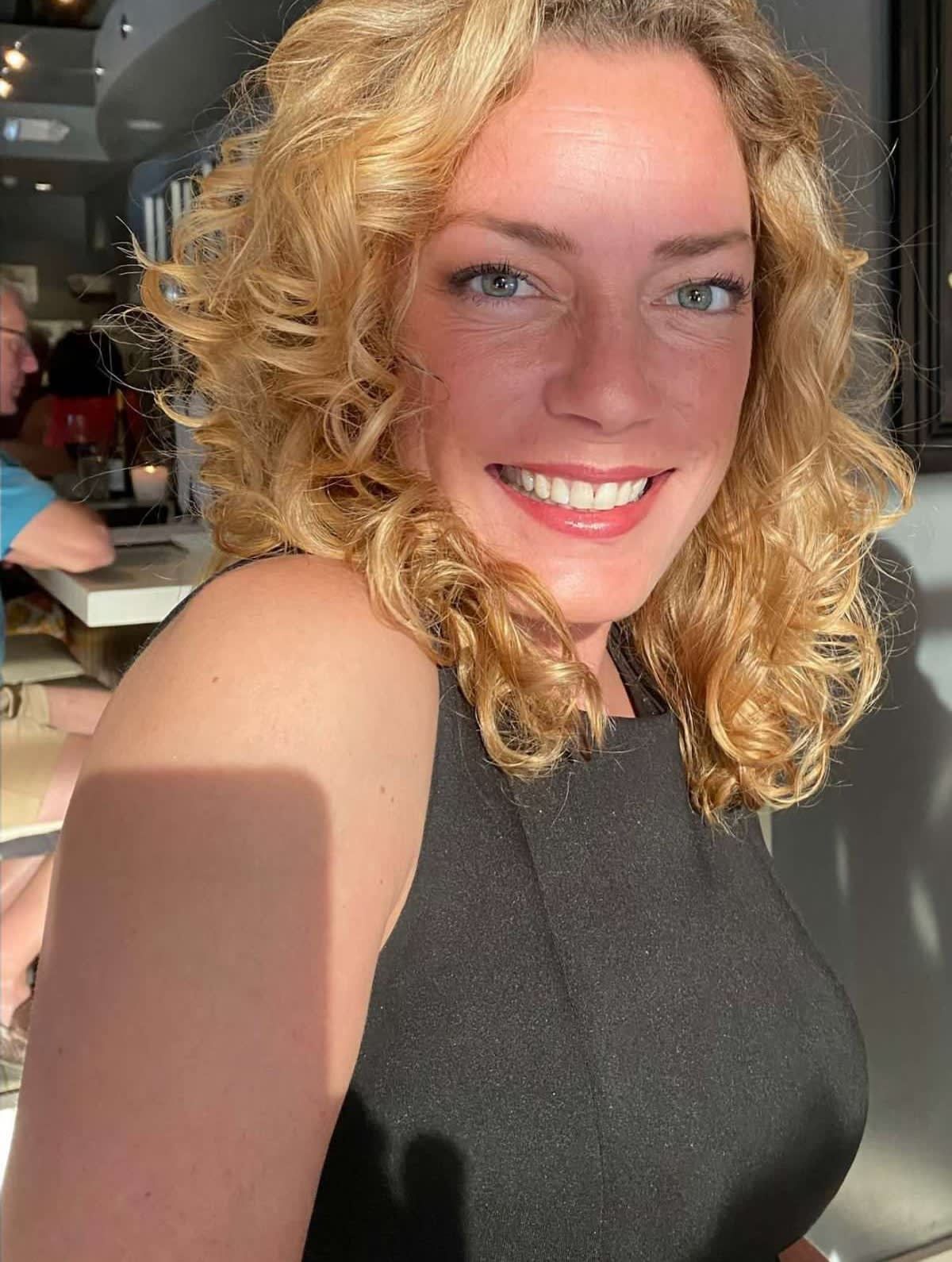By Reed Armstrong, LIBPA member and Project Manager with the Coastal Conservation League in its Beaufort Office
Ten years ago, the Coastal Conservation League seemed to spend all of its energy and resources opposing development proposals in Beaufort County. Now, a decade later we have the privilege of supporting many policies and directions in the county. Regional land use planning based on form-based code, a number of initiatives to address stormwater management and water quality, and the county’s Rural and Critical Lands preservation program are just a few of the actions we support. The Town of Ridgeland was an outstanding partner as we assisted and supported their adoption of a form-based code. Also, Jasper County is working towards adoption of stronger stormwater management controls, similar to Beaufort’s, as we cheerlead this effort.
What changed?
Especially in the 1990s and first decade of this century, growth was exploding across Beaufort County with the county’s population almost doubling from 1990 to 2010. Developers were in the driver’s seat, deciding how and where development would occur and playing county against city or town and municipality against municipality in what is known as zoning shopping. The city of Beaufort and the Town of Port Royal were competing to annex onto Lady’s Island and Port Royal Island, and the Town of Bluffton was annexing large tracts in southern Beaufort County.
During this period most of the existing Planned Unit Developments (PUDs) were approved across the county. These PUDs were typically designed by developers of large-scale projects to accommodate their wishes for more intense development than would have been otherwise permitted. These actions were taken with expectations of economic boon to the community. The Coastal Conservation League was one of the few voices pleading that such projects were negatively impacting our quality of life — that this pattern of building would place unsustainable demands on services and infrastructure, and was already chewing up extensive areas of rural lands as we sprawled across the landscape.
During this period, the league led and helped organize community opposition to a number of the development projects and annexations. Notable among the annexations opposed by the league were the 2006 annexations. There was the Mobley Tract on Lemon Island annexed by the Town of Port Royal. The City of Beaufort had plans to add almost 9,000 homes and one-and-a-half million square feet of commercial development under annexation proposals for Clarendon and McLeod Farms. Finally, there was the annexation of Binden Plantation by the Town of Yemassee. These were projects which the Coastal Conservation League felt were harmful to the environment and not in the best interest of our community. The league even took the controversial position in 2003 through 2005 of opposing the location for a new north area high school north of the Whale Branch River, as well as the need for the school. We saw the proposed location for the school as contrary to good land-use planning and the county’s Comprehensive Plan.
In large part because of the outcry from citizens in the community over these annexations and development plans, the unproductive confrontations between our local governments, and the notoriety associated with highly publicized lawsuits by the Coastal Conservation League (Mobley and Binden annexations), officials of the county and municipalities began to see the benefit of cooperative, regional planning.
Outcomes from this awakening resulted in the Northern Beaufort County Regional Plan of 2007 which lays out a common vision for how our community should grow and develop. This regional plan was driven by community interests, not necessarily by the goals of developers. Recent 10-year updates of the Comprehensive Plans of the county, city of Beaufort and Town of Port Royal all reflect this shared vision. This regional approach, especially in the northern part of the county, continues to address and promote cooperative efforts, including establishment of the Metropolitan Planning Commission, progress toward implementation of a multi-jurisdictional form-based code to promote more sustainable growth, and shared standards for protection of water quality and other treasured assets.
So, what changed?
One thing of course, is the economy. But it is bigger than that. There is a recognition that the way we had been developing was on the wrong track. This recognition has been driven by a concerned, informed and involved citizenry, by responsive and forward looking officials and staff and the actions and positions taken by the Coastal Conservation League. It is no longer business as usual. Faced with the consequences of our past decisions, our communities are taking extraordinary measures and making the hard, long-range decisions that will protect our quality of life for generations to come.
We of the Coastal Conservation League are pleased to support these positive directions, but we will continue to examine, speak against, and if need be, litigate those proposals which we feel are harmful to the community and environment.






